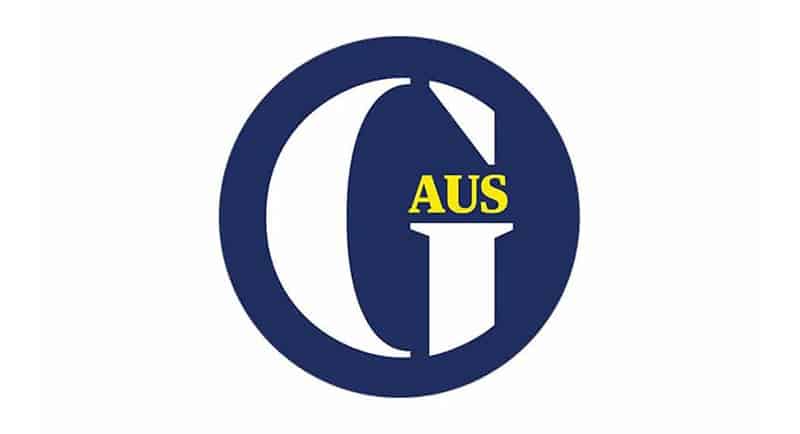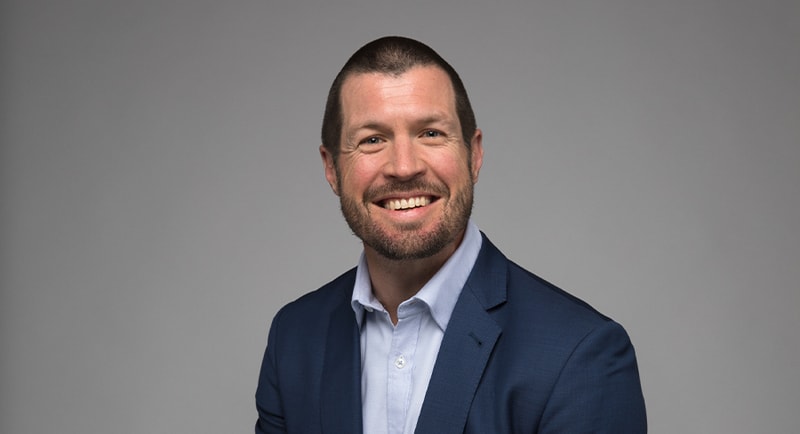Last week, Guardian Australia announced the expansion of its state-level coverage in NSW, VIC, and QLD. Each state now has a larger reporting team and the website and app will feature geo-targeted local content relevant for readers on the ground.
Mediaweek spoke to Dan Stinton, MD, Guardian Australia about how the expansion happened, the Google News Initiative, and how the masthead has fared during Covid.
“The pandemic has demonstrated really clearly, so many of the decisions of Australia are made at the state level because of our federation: health care, policing, borders. All these things are actually not in the federal lane, but in the state lane,” said Stinton.
“The challenge we have is that someone who is in Sydney might not necessarily want to read about some of the intricacies of the health system in Victoria or vice versa. So, what this does is it enables us to deliver reporting to a really large proportion of the country, but only in specific areas.”
When it comes to the commercial aspect of the expansion, Stinton is hopeful that it will grow the audience in QLD, NSW, and VIC.
“The commercial benefit from that is that we think it will lead to us growing both our reader revenue – which is most of our revenue now – and also give us access to state-based advertising budgets, which we might currently be missing out on.
“We’ve spoken to lots of different agencies around the country, and it’s quite clear that a lot of the state-based advertising wants to appear, understandably, next to local content. In doing this, it’s going to enable us to grow those local audiences which will be appealing to local advertisers, as well as give the right context for that advertising to appear. So we’re hopeful – confident in fact – that this will result in growth in both of those revenue streams.”
As for local and regional news, Stinton says that one of the challenges of hyper-local reporting is that it gets harder to make the economic aspects work – but that doesn’t mean that it isn’t worthwhile.
“We have another project live at the moment edited by Gabrielle Chan, which we are also experimenting with growing as well as the amount of rural and regional reporting that we are currently doing. That’s more of a reader revenue play than an advertising play, to be honest.
“The more local you get, the harder it is to make the commercials stack up, but all that says is that it’s not just about commercials for us. We think that rural and regional reporting is really important, and so if we can find a way to keep going in those areas, then we will.”

Google News Initiative
The funding for the expansion came from the Google News Initiative after the Media Code laws were passed 12 months ago. The funding boost has been welcome, and fast-tracked projects that were already in the works.
“This is a Google News Initiative grant, it was part of our larger agreement that we made with Google off the back of the news media bargaining code legislation. What that Bill has done, including this part of it, is bring forward investments that we were planning to make in the next couple of years,” said Stinton.
“In the last 12 months, we’ve brought almost 50 people into The Guardian in Australia. They’ve been in a number of areas, including the state-based expansion, but we’ve also significantly expanded our audio and podcast team, we’ve significantly expanded our video and distribution team, and we’ve significantly expanded our general newsroom and reporting team, as well as a few commercial roles. So it’s important to remember that The Guardian in Australia was already growing really strongly.”
The masthead’s growth doesn’t look to be slowing either, with Stinton saying that there are further expansions on the horizon.
“We still think there’s a lot of growth in the Australian business, from an audience and from an advertising and reader revenue point of view. So we are anticipating making further investments in our newsroom and into new areas in the months and years ahead.”
Working through Covid
“When the pandemic first hit two years ago, that was the most challenging time for us, and I think for everybody in our industry,” says Stinton. “At that point, it looked like we were staring into the abyss. Most of the calls or emails we were getting were people cancelling their advertising bookings, it was looking like we were going to be in a really dire circumstance.”
Finding a silver lining in an otherwise incredibly dark time, Stinton says that the audience who came to The Guardian to find information during the depths of Covid has largely stuck around.
“The benefit of being in the news business is that when there’s really big news – and obviously Covid has been – your audience goes up substantially. What that did for us is it helped literally millions more Australians discover The Guardian for the first time, and we’ve hung on to most of them.
“Obviously, it was terrible for the world and I would rather it didn’t happen, but nonetheless when people needed really trusted journalism and reporting it enabled what we do best to shine. That enabled us to really grow the business really substantially.”
